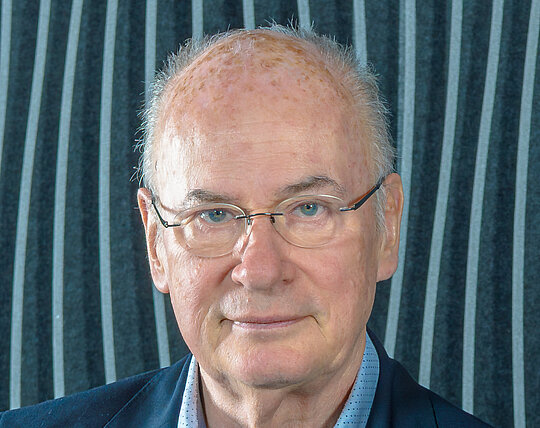重新思考噪音——为何感知与情境至关重要

Klaus Genuit 教授评论文章
欧洲环境署(EEA)于2025年6月发布了《2025年欧洲环境噪音报告》,其中展现的证据令人担忧。证据显示,欧洲人口持续暴露在高水平的环境噪音中。根据德国联邦环境局(UBA,2024年)的最新数据,德国约有 1600万人 深受交通噪音困扰,已证实的健康影响包括睡眠障碍、血压升高和心血管疾病。
这些数据凸显了以更严肃且细致的态度应对噪音问题的必要性。当前实践几乎完全依赖客观可测量的声学参数,尤其是与能量相关的声压级(dB(A))。这些参数无疑具有重要意义,能够实现噪音暴露的比较、标准化和法律评估。然而,它们并 不足以全面反映人们对噪音的实际感受。

